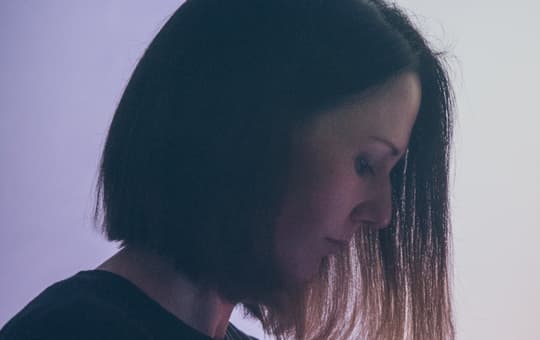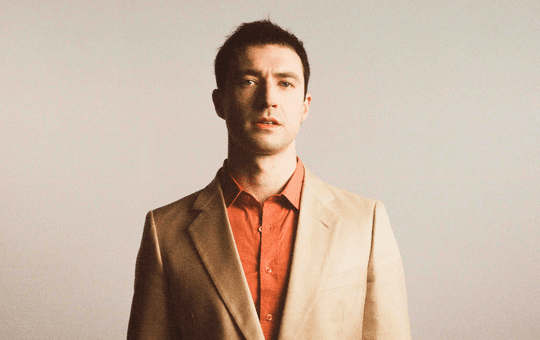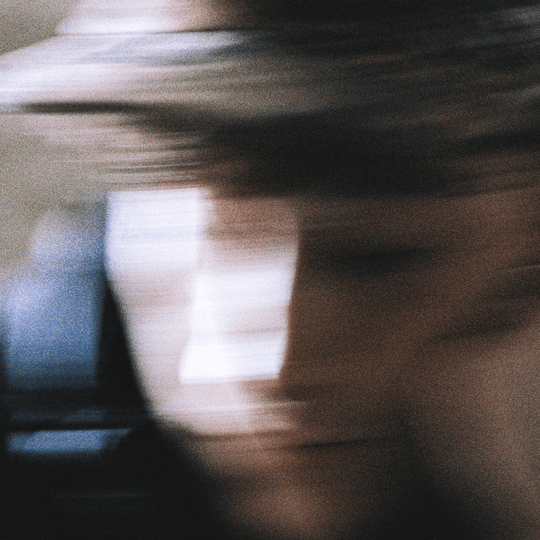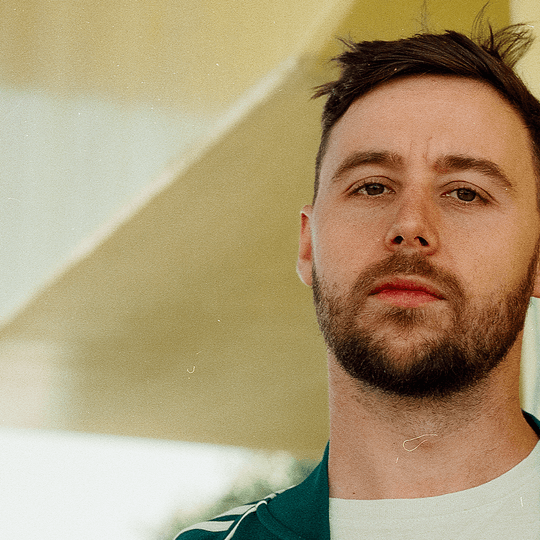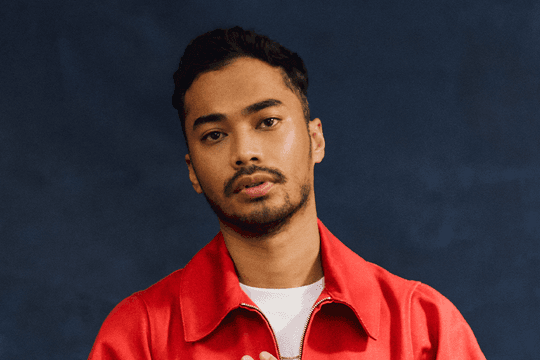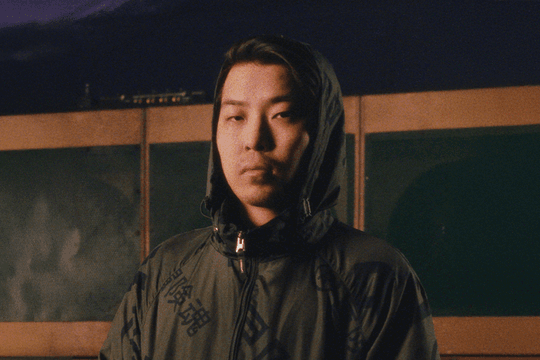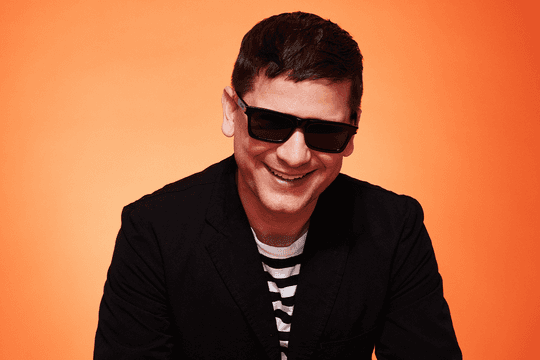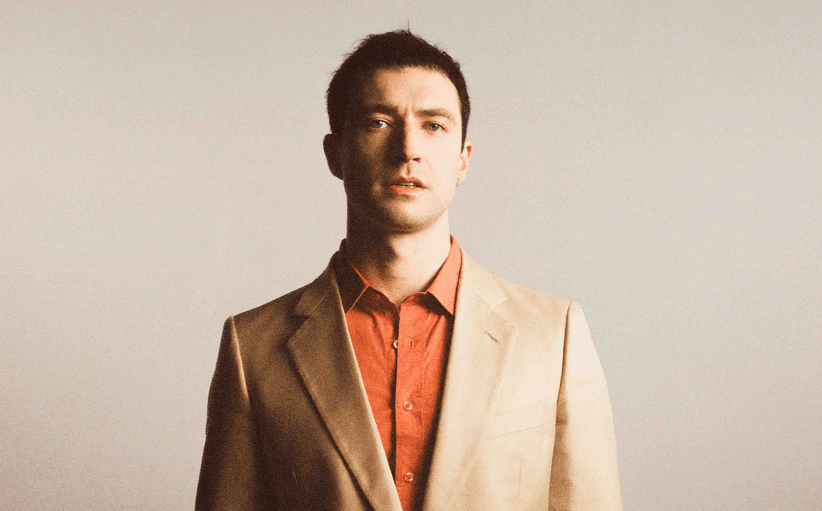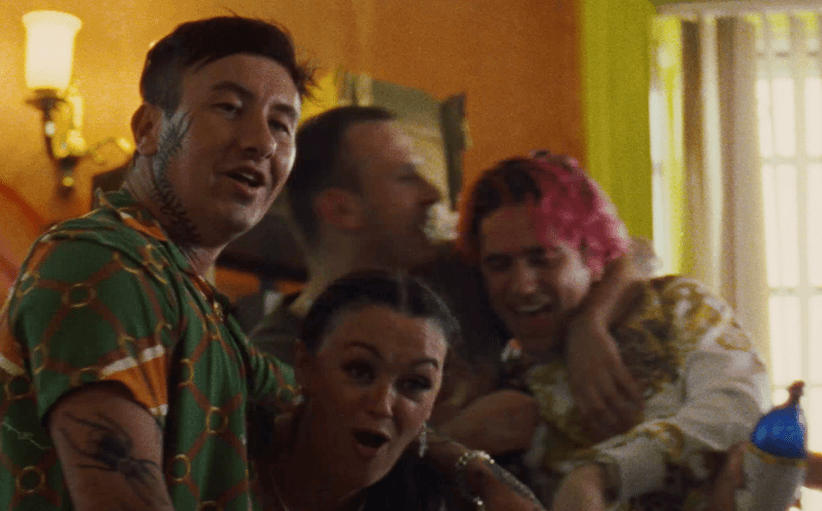Stranger Things
Rival Consoles builds his set up to a dramatic finale before decomposing it again in waves of droning synths that make the steamed windows of Bristol’s Fire Station rattle and buzz: a venue well reflecting this unstately, shapeshifting city where club culture cannot be doused. His set, performing at Bristol’s Simple Things festival, follows a narrative full of peaks and troughs like a paperback novel, where plot devices and character development are expressed solely through sonically-induced moods. It is one well-thumbed by an engrossed crowd, reading their faces.
We find out later from artist Ryan Lee West that he uses the same synth pioneered by John Carpenter – the intrepid explorer of '80s electronica in compositions for his seminal and titanically trashy horror films. Carpenter also appears on the Simple Things bill, a unique festival celebrating acts ranging from mosh-pit inciting trio Death Grips to the equally audacious Anna Meredith, who – with horn section bass-lines amid synth-scapes fit for the stage – brews up her own storm that defies any categorization. One also featuring a band most likely bored of this topic of questioning, especially given their namesake show’s reawakening: Twin Peaks.
John Carpenter’s presence and the accolades recently heaped on '80s throwback series Stranger Things, whose pastiche includes him in its palette, opens up a dialogue about the effect of cinema and television on musicians today. That theme tune is a case in point for the absolute whirlwind of often parodic yet wildly awesome reproductions and remixes, i.e. by Luke Million. What of music less direct in its duality with the televisual? What part do visuals play, if any and strange or otherwise, in the writing of musicians on the bill? Or alternatively, in a visually saturated world, is music the offer of an escape into a sense blind to it all? Maybe it is just us that see a story and try to trace its imaginary plotlines. Is it not this sense of story that makes some of us sit at artist Q&As, waiting for answers to twists that almost conspiratorially do not exist? Maybe this search drives some of us to the shows too…
In terms of those specifically composing in collaboration with the visual arts, Kyle Dixon and Michael Stein of S U R V I V E were recruited to create the Stranger Things score after their song Dirge was used to soundtrack the pitch trailer. The fact that the score was commissioned in advance means that film and music were created together, making the score an indispensable part of the whole experience. Besides the obvious homage to John Carpenter’s sound, this method is another similarity. Carpenter, who wrote, directed and scored several of his best-known films himself – including Halloween and Escape From New York – crafted a complete audio and visual collaboration from his individual vision. A film recently such as Frank was a similar example, telling the fictional story of a band intricately tied to the fantastical yet fictional album they are producing.
Speaking to Ryan, and then to Anna, we wanted to know where visuals played a part in their alternative though comparatively orchestral music. Is it anachronistic on our part to 'see' the story and determine there must have been one, or to identify the influences of directors either Carpenter or contemporary? In short: yes. The long answer spins a different yarn, and we followed it. About her writing process, which always starts with ‘sketches’ of the piece, the first thing for Anna is to draw a timeline. "I draw these maps of the piece before I’ve written a note. I know it’s going to be a five-minute track so I will draw the contours of it. It’s a visual representation, almost as if it’s telling a story." The sketches themselves are utilitarian rather than cinematic, she tells us. “I don’t tend to have an image like, I’m going to write a big symphonic score for a starship battle. That sort of stuff comes from people afterwards. Like this track is for dinosaurs having a fight in a space station – I wouldn’t quite know what to do with that. I mean once I had an image of seals at a disco, I could imagine all these lolloping seals.”
Whilst we sit and wonder what YouTube commenter foresaw the joining of Michael Crichton's Jurassic Park and Westworld franchises, Anna Meredith explains that she’s often pleased with how people interpret her songs visually, even if she didn’t see them in that way originally. With this blank canvas approach in mind, music without image gives the listener a lot more freedom to interpret the story behind the sound. Anna’s Scottish Album of the Year 'Varmints' was indeed used both as an advert and in a fashion show, which set her “creepy, xylophone-y, pizzicato stuff” to a Hansel and Gretel nightmare on the catwalk. “They obviously thought it had that same spiky, creepy-fairytale quality,” Anna relates with a bemused shrug, assuring us that when she wrote the lines it wasn't to be read between them. Not that it was misread either. Other act Suuns’ reaction to their chart entry ‘2020’ being used of late in the trailer for a new SAS-training, "are you tough enough" show goes without comment. Odd that such uses by their nature want a definite reading in their audience, yet unlike a score by Carpenter, aren't designed for that purpose.
Serving this point with sheer clarity, we delve into Anna's TV guide – learning Stranger Things had her frozen in fear, and that even Beauty and The Beast was so evocative that it forced her to escape both it and a room of children. “Now I can basically only watch cooking shows,” she tells us. “I’ve got quite into Michael O’Hare. I think he’s amazing, I’m obsessed.” The conversation, which quickly turns to the merits of Michael O’Hare, concludes with the suggestion of a concept album centred around him: “Consider it done. Every song…” Meredith suggests, as, “he’s had many hairstyles over the years, there could be one for each era of Michael O’Hare’s whole O’Hare-a. I think he’s a rich seam to be plundered. I find a lot of comfort and solace in his work.”
The mental paralysis of the slightest televisual thrill just doesn't compare creatively to the mind-numbing zen of Michael.
Anna had been known to craft an ode to her Mum’s Triumph 2000, which had been wired incorrectly. So the same with any drama, thus ruling out Carpenter’s catalogue but a “sort of tiny and inanimate world” all the same. It's similar to Ryan of Rival Consoles being involved in commissioned projects for visual art and documentaries, as many more contemporary electronic musicians are, due to their shared experience with the stimulus. On composing for pictures, Ryan reflects that you learn to do more with much less. "There’s a tendency to be virtuosic [in music] but I’m always trying not to over-labour anything.”
Commissions have had more of an effect on Ryan's personal approach, which has led to him seeking a sense of narrative maybe, or clear communication. It works well with what he describes as his “old fashioned songwriter's perspective,” but is perhaps at odds with a generation or more of electronic producers. In a way, he draws lines to Carpenter’s technique at doing the smallest of things to create tension. "Every single tone I use will be slightly muffled or slightly distorted or slightly off, so when there are lots of sounds it creates a tension which runs through all of my music, all of the time.” Bashfully he admits from this sentimentality sometimes thinking, "fucking hell, this is … miserable!" It isn't unfamiliar to Anna's process of working towards plot points that disembody an actual plot. Then we turn from his workflow to cinematography itself. There is David Lynch, though Rival Consoles is not nearly as chaotic. Stanley Kubrick’s mentality inspires most, where [in The Shining] “instead of being like ‘let’s put in some minimal quartet’, he’s putting Béla Bartók in. That takes confidence, letting it slip the other way where the visual serves the music.” For Ryan perhaps, the visual has come to serve the music. For Anna, it is to distract or even detract.
Now, in an age where streaming music online is instantaneous, music is often taken for granted as supplementary noise or an open source to syphon. Simple Things proved that visuals add a unique quality to audio, maybe not immediately inseparable from it, but growing that way in time to come. Just like Jackson Pollock’s splatter paintings were about enjoying the process of painting together with the final image, it’s difficult to enjoy a band such as Death Grips or Three Trapped Tigers without viewing the raw energy and skill behind their visceral, very literally physical live shows. The video-reels accompanying John Carpenter’s show were essential to understanding the mood, speed and action behind his '80s-defining style. They are still backdrops to stories, lacking the storyteller if listened to without him.
It’s a tough life for musicians today. If you amass a large enough following to off-set the pitiful Spotify pay rates, widespread pirating and YouTube ripping to enjoy the spotlight of stardom and its endorsements then you might be able to quit your bar-job and go full time. To counteract this, there's a call for more visual and music collaborations, the modern reinvention of the former with supporting the resilience of the latter, as artists bring their music out of the digital-ether and back into the real world. The visual arts have rarely ever been more receptive, to the cross-fertilising force of a Carpenter character – maybe one that musicians of all stripes should muse on.
